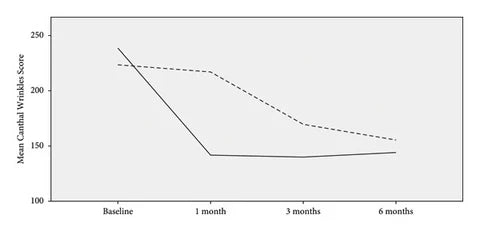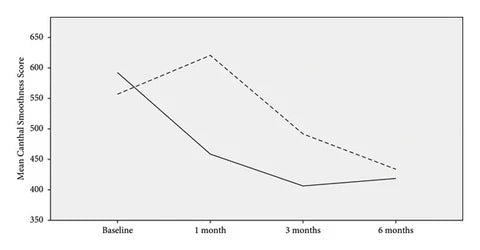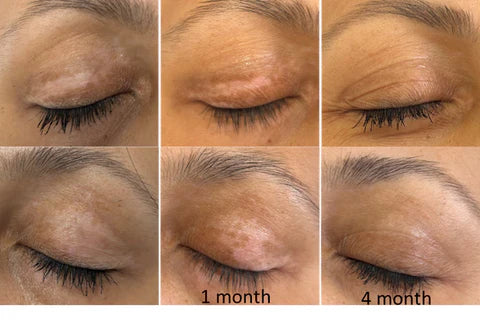
Regenerative Medicine for Skin Rejuvenation: A New Approach to Anti-Aging
Our skin works incredibly hard over our lives to protect our body, which means it is exposed to harmful things like UV sunlight and environmental pathogens. As our bodies slow down with age, the ability to replenish damaged cells also slows, so we begin to show the common signs of aging; such as dark spots, loose skin, and wrinkles.
Regenerative Medicine reverses this process by accelerating the bodies natural healing functions. The end result is that skin looks & stays younger.
PRP and PRF: Natural Choices for Skin Rejuvenation
Two of the easiest ways of utilising regenerative medicine to rejuvenate the skin are Platelet-Rich Plasma (PRP) and Platelet-Rich Fibrin (PRF). By collecting blood, concentrating platelets rich in growth factors, then injecting these platelets back into the dermal (skin) layer, patients will start to see a difference in the softness of their skin within a few weeks. Because these treatments are autologous and derived from the patient’s own blood, it is very safe and a great natural alternative to synthetic cosmetic treatments.
PRP (Platelet-Rich Plasma) contains proteins and growth factors that help rejuvenate the skin by supporting cell repair, increasing hyaluronic acid production, stimulating stem cells, remodeling tissue, and improving blood vessel growth. Atsu et al's 2023 study demonstrates how PRP is key in bringing back more youthful-looking skin.
PRF (Platelet-Rich Fibrin) is similar to PRP but works by helping platelets to secrete growth factors more slowly over time. This happens because no anticoagulants are used, allowing a fibrin clot to form. The clot slowly release the growth factors. The end result is the same as PRP, but different indications and treatment regions may decide PRP or PRF.
A study comparing T-Lab’s PRP and PRF treatments for facial rejuvenation showed that both helped smooth the skin around the eyes and reduce wrinkles. PRF had a slight advantage over PRP in terms of effectiveness.

Changes in canthal wrinkles scores over time: dotted line, PRP group; straight line, PRF group. (Using T-Lab PRP & PRF)

Changes in canthal smoothness scores over time: dotted line, PRP group; straight line, PRF group. (Using T-Lab PRP & PRF).
Exomine: T-Lab’s Groundbreaking Approach to Autologous Exosome Harvesting
Around 15 years ago, scientists discovered that the tiny debris released from cells - what we call an extracellular vesicles - are critical in enabling our body to communicate with itself. As the vesicles are released, what cell the vesicle came from and the size of it, will decide what the human body does next. Exosomes - being the smallest vesicle - that are derived from platelets are shown to be integral to our healing.
Enter Exomine: a fully autologous method of harvesting platelet-derived exosomes, a product that is the result of T-Lab’s ongoing commitment to research and innovation.
Exosome treatments have surged in popularity within medical aesthetics and dermatology, and for good reason. Exosomes play a crucial role in cell-to-cell communication, transporting key cellular components such as microRNAs, mRNAs, DNA, lipids, metabolites, and cell-surface proteins (Caliskan et al.). Numerous studies have highlighted exosomes’ potential in enhancing skin function, positioning them as a powerful tool in dermatology—perhaps even more promising than PRP. Many aesthetic medicine practitioners are now incorporating platelet-rich plasma-derived exosomes into their skin rejuvenation treatments, recognizing their superior efficacy in promoting skin regeneration.
T-Lab Micrografting: Advanced Regeneration with Dermomine
T-Lab offers a cutting-edge range of micrografting products designed for superior skin regeneration. Among these, Dermomine stands out as the least invasive option, harnessing skin cells from the post-auricular area (behind the ear), which are particularly rich in progenitor fibroblast cells. These cells promote exceptional healing and skin repair, providing benefits that are hard to match.
Dermomine has shown impressive efficacy in dermatology, especially in treating non-healing wounds. In skin rejuvenation, it has been proven to reduce wrinkles, diminish hyperpigmentation, and improve overall skin texture, offering a powerful solution for those seeking revitalized, youthful skin.

Dermomine on vitiligo: 0-4 months
References
Atsu, Nilhan, Ekinci-Aslanoglu, Cansu, Kantarci-Demirkiran, Busra, Caf, Nazli, Nuhoglu, Fadime, The Comparison of Platelet-Rich Plasma Versus Injectable Platelet Rich Fibrin in Facial Skin Rejuvenation, Dermatologic Therapy, 2023, 3096698, 6 pages, 2023. https://doi.org/10.1155/2023/3096698
Kose O, Botsali A, Caliskan E. Role of exosomes in skin diseases. J Cosmet Dermatol. 2022; 21: 3219-3225. doi: 10.1111/jocd.15152
